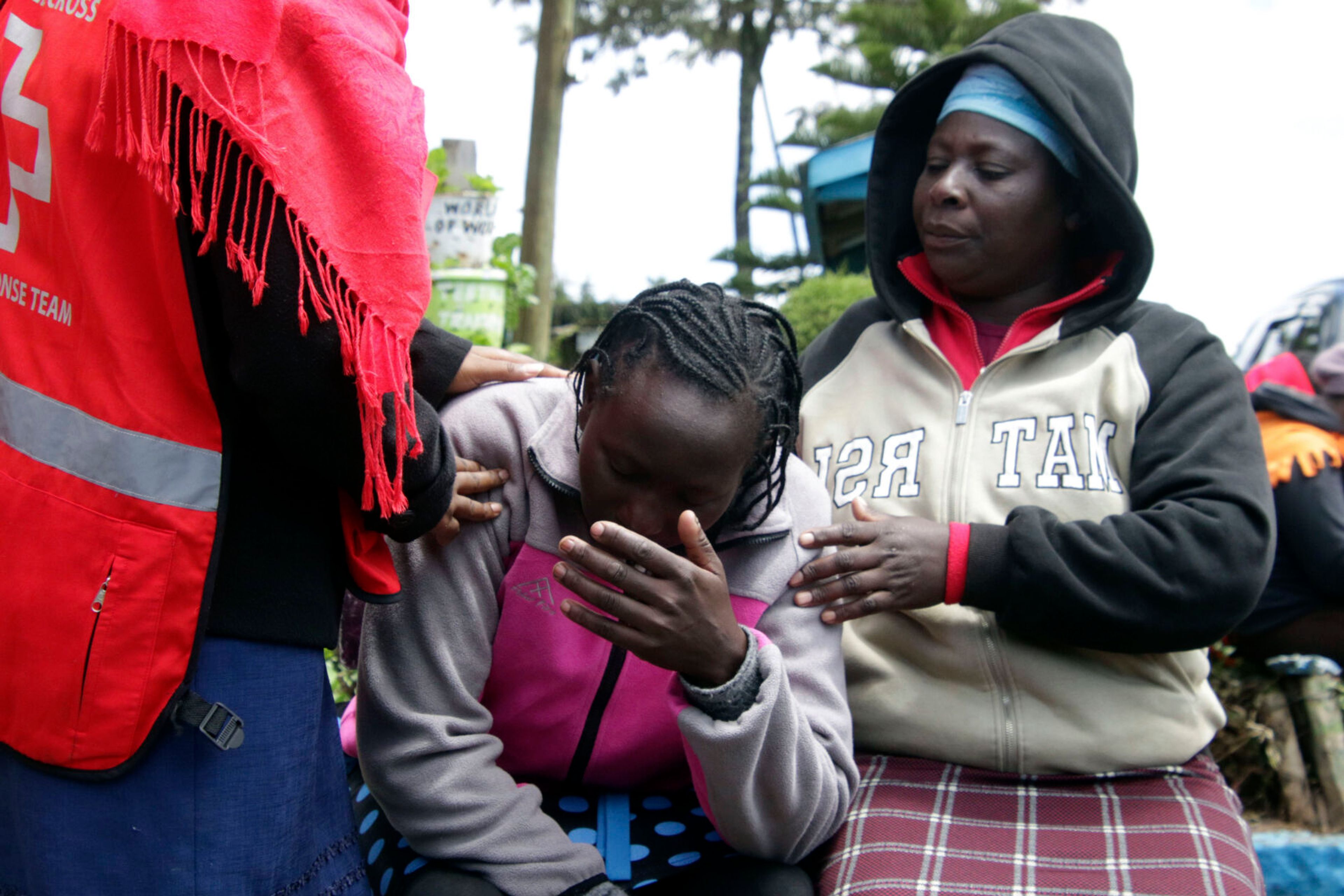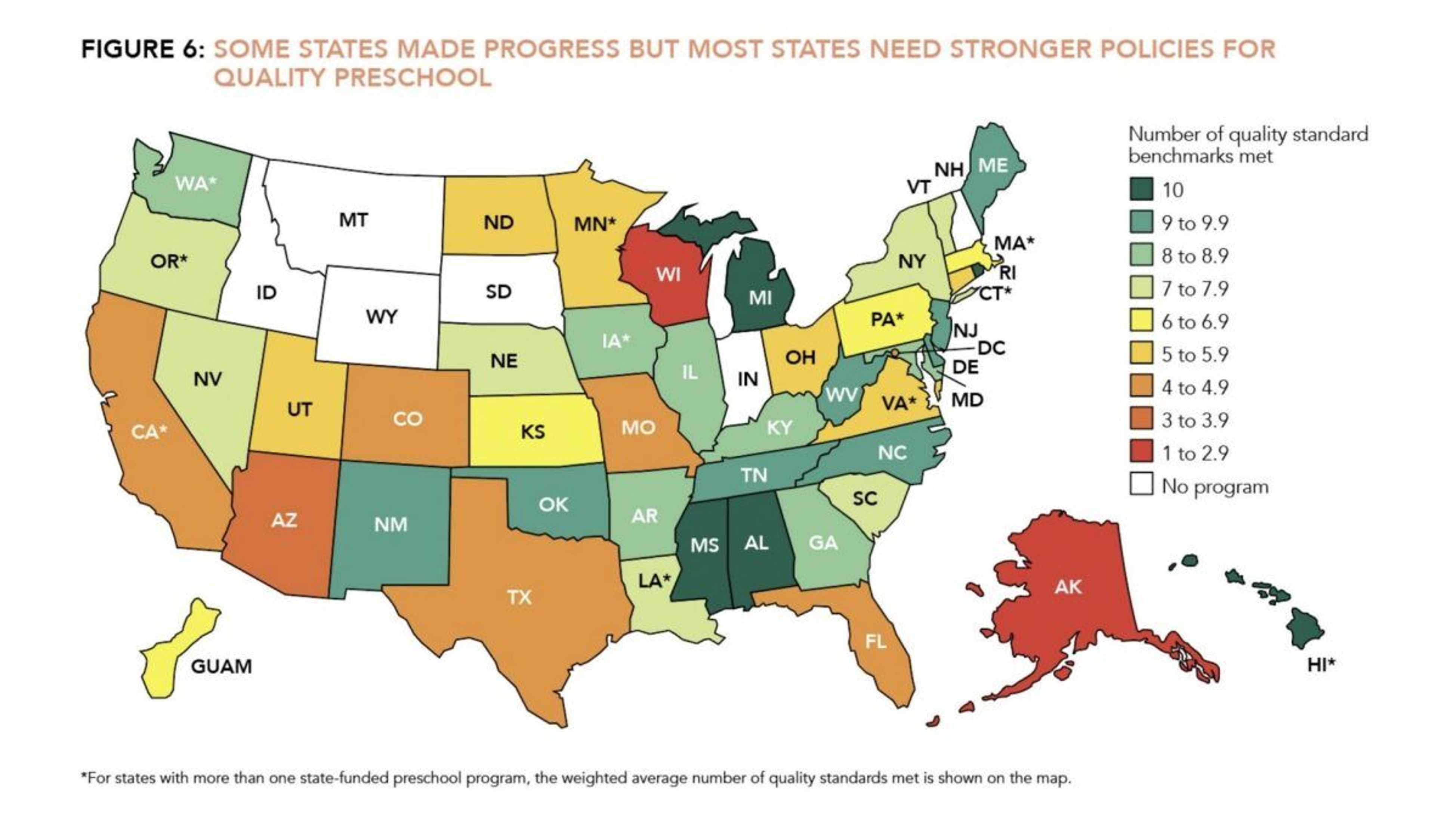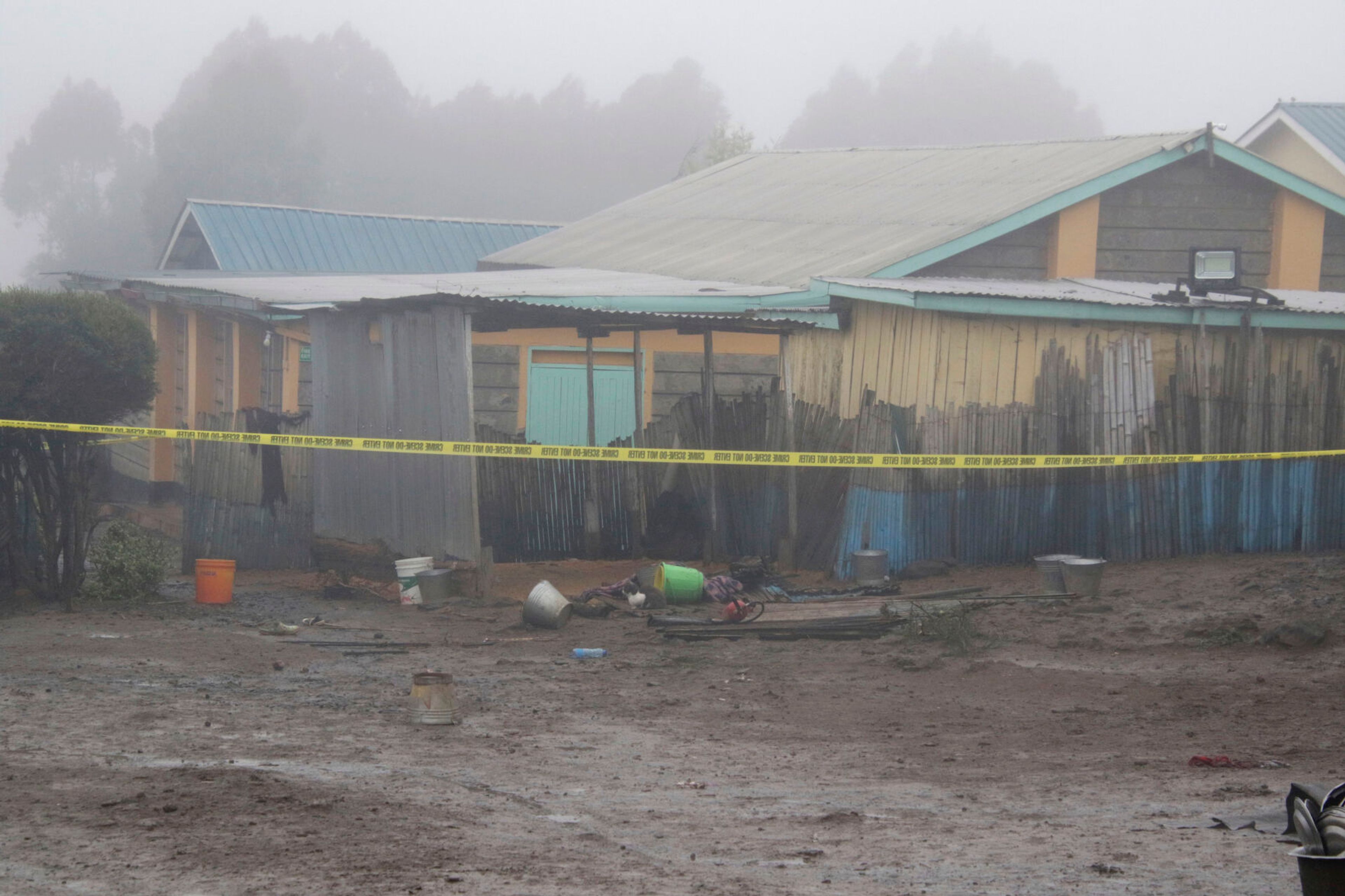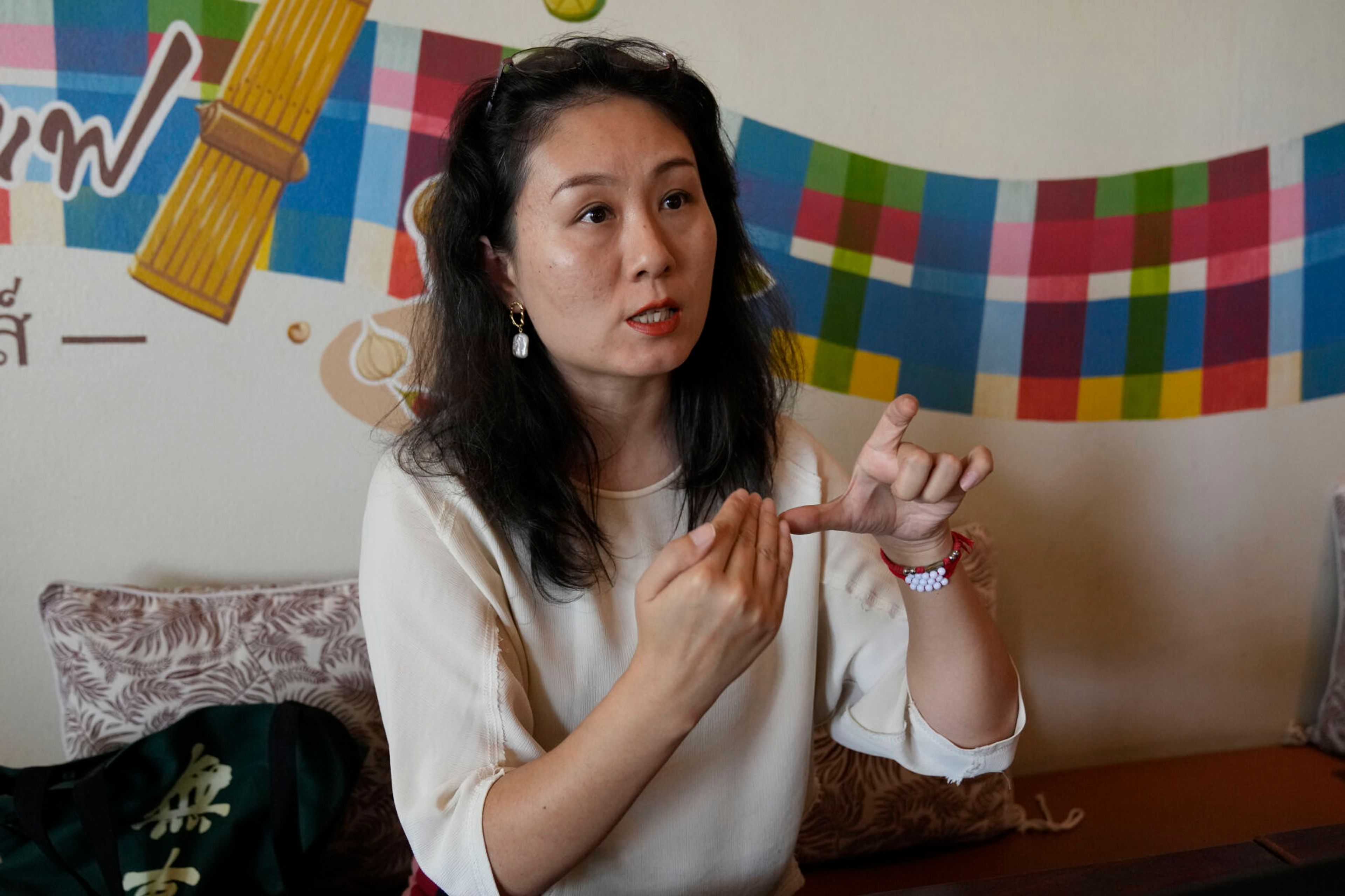OPINION: Truancy issues start long before a missed bell
Guest Editorial: Another Newspaper’s Opinion
This editorial was published in the Yakima Herald-Republic.
———
One of the first things kids learn in school is that there are rules — lots of them.
Get to class on time. Follow the dress code. Don’t bring weapons, don’t get into fights and don’t sneak alcohol, tobacco or other illicit drugs onto buses or school grounds.
But public schools have lots of rules to follow, too. And, according to the state’s Office of Superintendent of Public Instruction, some are breaking the rules for handling truancy.
For at least the past few years, a number of Washington districts have been automatically dropping from their enrollment lists any students who miss 20 straight days of school. Since 2020, nearly 15,000 have been involuntarily withdrawn from K-12 schools because of poor attendance.
State law, however, requires districts to take some interim steps — such as referring truant kids to community engagement boards or juvenile court — before crossing anybody off the attendance rolls.
The idea, of course, is to prevent juveniles from slipping through the cracks and getting into serious trouble. You don’t need an Ivy League expert to tell you what sorts of misadventures teenagers might pursue if they’re out of school and unsupervised by responsible adults.
A recent report by InvestigateWest, the nonprofit investigative journalism outlet, relayed the troubling story of Kit Nelson-Mora, a nonbinary Indigenous teen who attended East Valley schools in Moxee, Wash., before transferring to Omak, Wash., in June 2021 to temporarily live on the Colville Indian Reservation with relatives.
The then-16-year-old was marked off the Omak School District’s rolls in January 2022 — and hasn’t been heard from since.
Cases like Nelson-Mora’s are extreme examples. But as professionals at all levels of the education, justice and social service systems know, they vividly illustrate the all-too-real risks that truancy poses to students, families and the community at large.
They also know it’s a tangled problem that defies fast, simple solutions.
Is it efficient — and maybe too punitive — to send a truant student to an already overwhelmed juvenile justice system? And if students don’t show up for school, why would they show up for court or counseling appointments?
Perhaps the most important piece of the problem is the student’s home life. What’s the student’s family situation and how is it affecting the student’s educational engagement?
That last question, according to Rena Whiteman, an advocate with the Colville Confederated Tribes’ Youth Development Program, is where it all begins.
“The behavior starts in the home,” she told InvestigateWest. “How can we fix that? I don’t know.”
We share her beliefs — and her evident frustration.
In recent years, parent groups have cropped up across the country to rally for more control over curricula, more say in school policies and on and on.
But instead of blindly lashing out at school officials, we’d urge parents to back up the values they so loudly proclaim by taking more active roles in their own children’s schooling. That starts with the basic job of making sure their kids get to school in the first place.
Sure, the state’s education system should continue to evaluate, adjust and clarify truancy policies and strategies. But more than anyone else, parents should be actively involved with their kids’ schoolwork and with encouraging them to follow some fundamental rules of civil behavior.
Truancy presents a complex bureaucratic problem that affects our whole community. But at its core, it’s a family issue.
TNS








